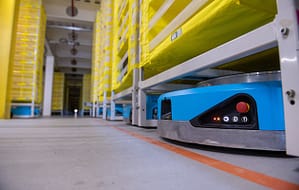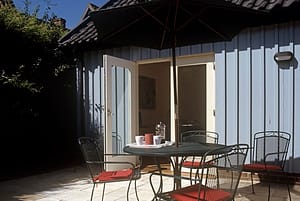UK Prime Minister Boris Johnson recently said that the energy transition and climate action “is not all about some expensive, politically correct, green act of bunny hugging [but] about growth and jobs.” His comment might have spawned jokes on social media but, as Philippa Nuttall Jones of Energy Monitor points out, “this is how climate action is now sold by policymakers, business leaders and most environmental campaigners alike”. There is certainly a trend towards viewing action and investment taken towards sustainability and climate action as also being about economic growth and job creation. However, as Nuttall Jones adds, “widespread assumption that ‘green’ jobs are synonymous with ‘good’ jobs is not borne out”.
In Europe, the European Green Deal and Covid recovery packages are the central drivers for green jobs. The UK has a similar plan for a green industrial revolution. Research by CLG Europe, part of the Cambridge Institute for Sustainability Leadership, examines how green recovery spending can help stem the Covid-induced jobs haemorrhage in Europe and the UK. The green recovery spending is directed to energy efficiency improvements in buildings, boosting the uptake of renewable energy technologies, accelerating electricity grid improvements, electric vehicles (EVs) and tree planting.
Insulation is a major factor in the drive to make buildings more energy efficient as part of the climate action drive. However, airborne fibres and toxins as one of the biggest health and safety risks for construction. According to the UK’s Health and Safety Executive (HSE), there are 12,000 work-related lung disease deaths each year in the UK, with 18,000 new self-reported cases of breathing problems. Although construction work might not be the cause of all of these, the industry is a top contributor. Unfortunately, according to NMB many of these conditions can take years to develop, creating a false sense of security and causing workers and their supervisors to become lax with enforcing the proper use of PPE. NMB explain that there are multiple sources of potential lung damage within the construction environment, including dust caused by stone masonry, removing rubble and general site clean-up. They also mention toxic fibres that become airborne, for example from laying or removing insulation materials, as well as various wood dusts. NMB add that conditions created by breathing in these particles run the gambit from occupational asthma to silicosis, COPD (chronic obstructive pulmonary disease) and lung cancer.
An insulation material that has been the subject of recent concern is Manmade Vitreous Fibres, more commonly known as mineral wool. This insulation became more widely used after the ban of asbestos in 1999. However, it turns out that mineral wool is causing comparable concern to asbestos in some quarters. Leading lung health expert, Dr Marjoleine Drent, has summed up the risk: “The effects of the fibres of glass wool and stone wool can be compared to those of asbestos. In the past we did not know asbestos was very dangerous. The results of the effects of fibres in glass wool and mineral wool are only being seen right now, so we must deal with it carefully. The point is that these substances are harmful, but people do not realise it sufficiently, and that is something we have to worry about. It is too easily accepted that ‘we have a replacement for asbestos’. But the replacement may not be as good as we thought it was at the beginning, there is insufficient attention given to this fact.”
Insulated buildings and the job creation that comes with the drive towards tackling climate change and building a more sustainable future are of course to be welcomed. But the health and safety of those who are on the front line, for example the construction workers installing the insulation to make buildings more energy efficient, must be a priority.






Leave a Comment